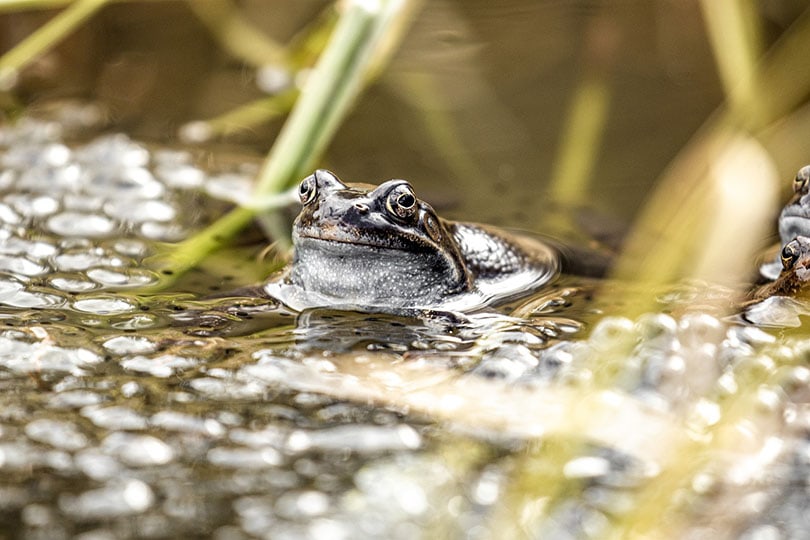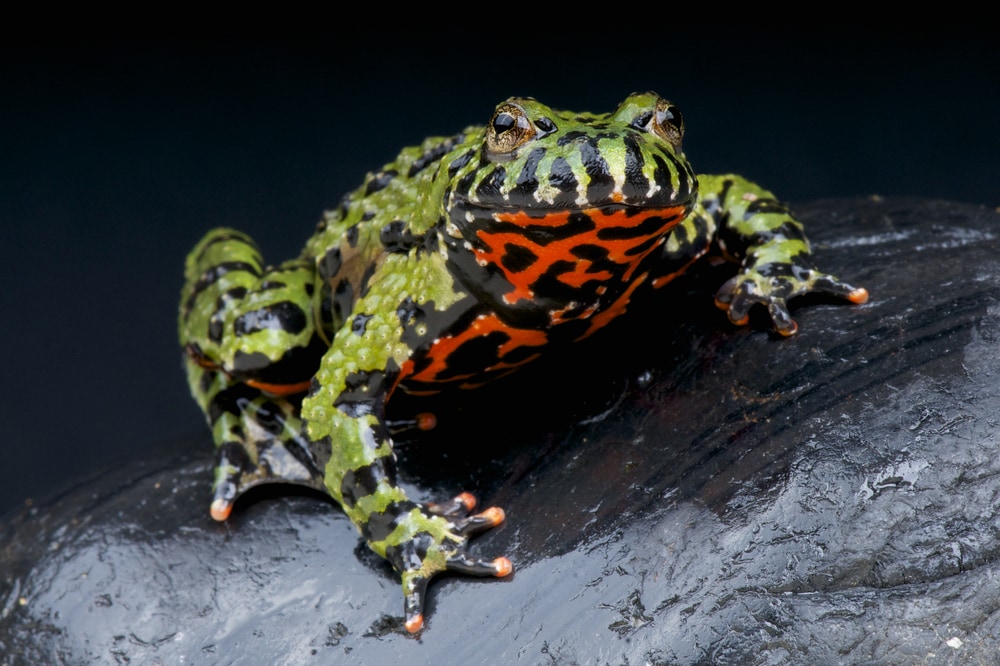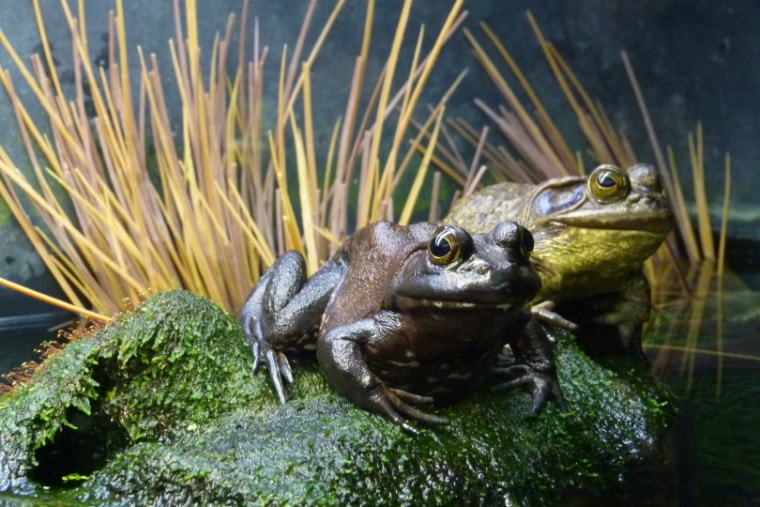
We all have some sort of familiarity with frogs. We know that they jump and that they are all different types of colors, but did you ever stop to think about how much you have yet to learn about these amphibians. Unless you have ranidaphobia, or the fear of toads and frogs, you probably don’t give these critters a whole lot of thought. However, you’d be surprised at just how shocking some frog facts can be.
The 20 Frog Facts
1. They live almost everywhere.
Most people are familiar with some type of frog because they live on every continent in the world except Antarctica.
2. There are over 6,000 frog species.
There are thousands of different types of frogs and each one has some unique trait or ability that helps them survive better. Whether it’s slimy skin, long leaps, or bulging eyes, these amphibians have adapted to their surroundings to make them a highly successful species.
3. A group of frogs is called an army.
Do they get this name from their army green skin colors? Probably not, but we like to pretend that’s the reason why anyways.

4. A frog’s coloration helps them survive.
You wouldn’t think that frogs with bright colors would help them blend very well, but sometimes these colors are more of a warning to their predators than anything else. Multicolored frogs with patterns, stripes, and spots warn those around them that they are potentially toxic and not something you want to eat.
5. They have almost 180-degree vision.
Frogs have a unique eye position that allows them to see in front of, to the side, and slightly behind them. They also have night vision because they are nocturnal creatures who hunt at night.
6. They can’t eat and keep their eyes open at the same time.
This sounds a little strange, but the anatomy of a frog doesn’t allow it to keep its eyes open and swallow prey at the same time. The eyes help push the food down the frog’s throat.

7. They all have their own special calls.
Each frog species has a unique call that they use to attract mates. The louder the male croaks, the more likely he is to attract a female closer to her.
8. Frogs cannot drink water.
Instead of taking a big gulp of water to hydrate themselves, frogs absorb the water through their skin. It makes sense now why they spend so much of their time near bodies of water.
- Related Topic: 22 Frogs Found in Virginia
9. The most poisonous frog in the world is the Golden Poison Frog.
This species is native to Central and South American rainforests. Even though it is only as long as a paperclip, the skin contains enough toxin to kill about 10 humans.

10. They’ve roamed the earth for over 200 million years.
There is some evidence to suggest that frogs have been around for an unimaginable amount of time. They were here long before even the dinosaurs roamed.
11. The Goliath Frog is the largest frog species.
This type of frog is found in West Africa. It reaches 15 inches long and weighs up to 7 pounds. That’s larger than some newborn babies.
12. The Paedophryne amanuensis is the world’s smallest frog.
This amphibian is the smallest ever discovered. It is only 0.27 inches long and roughly the size of a housefly.
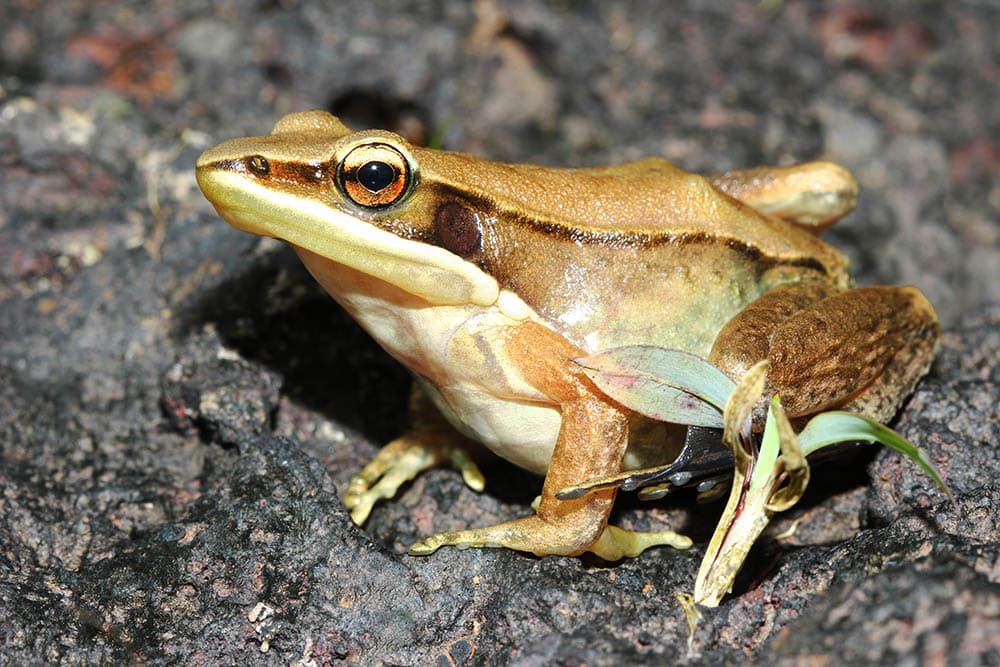
13. Toads and frogs are the same.
Even though they have a different name, toads are still frogs. Their name simply identifies them by their dry, warty skin and short hind legs.
14. They were the first land animals with vocal cords.
Male frogs use their vocal sacs, skin pouches that fill with air, to make sound and project it like a megaphone. Some are heard from over a mile away.
15. Some leap 20 times their body length.
This number is only an average. The cricket frog has been known to jump 60 times its body length. To put that into perspective, that would be like a human jumping up a 38-story building.

16. They dig burrows to keep warm.
Frogs are cold-blooded animals, and they rely on warm weather to keep from freezing. When the temperatures drop, some frog species burrow underground or below mud where they hibernate until spring.
Wood frogs have been known to live north of the Arctic Circle and survive with over 65 percent of its body frozen. They use blood glucose as a sort of antifreeze to concentrate to only its vital organs.
17. Some desert frogs hibernate for over 7 years until it rains.
The Australian water-holding frog lives in the desert and burrows undergrond. From there, it surrounds itself with a cocoon made from its own shed skin and waits for rain for up to 7 years.
18. They enjoy mostly freshwater.
Even though most frogs are freshwater amphibians, there are a few who live in salty waters.
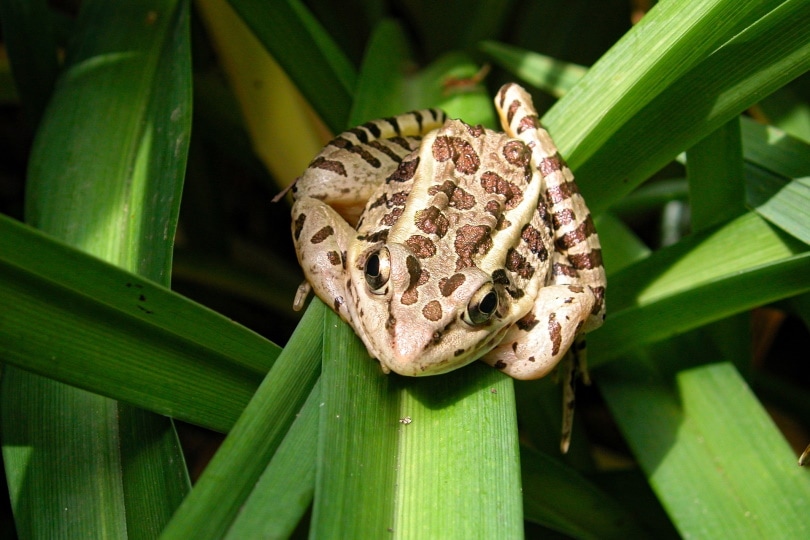
19. The eggs are fertilized outside the female’s body.
Male frogs hold onto the female around the waist and only starts to fertilize the eggs once she begins laying them. This embrace, called amplexus, lasts for hours or sometimes even days.
20. Most frogs have teeth.
If you’ve ever been bit by a frog, you know it doesn’t really hurt, but they still have teeth. Most of their teeth are on their upper jaws and they use them to hold their prey in place until they can swallow it.
Final Thoughts
Frogs are everywhere. Even though we don’t give them much thought, it would benefit us all to know a little bit more about the creatures that surround us every day. If you only knew some of the basics before, reading this article full of uncommon frog facts has surely surprised you in at least a couple of ways.
See also:
Featured Image Credit: Piqsels


